By Bill Warnock
The metal detector buzzed loudly. Its operator, Jean-Louis Seel, used his foot to unearth a dog tag beneath the pine needles. His jaw dropped when he read the name embossed on the tag. It belonged to an American soldier who had died during World War II and whose body was still missing. For more than a decade, Seel and a group of volunteer searchers had sought the grave of this soldier and others like him.
It was the spring of 2001, and Seel’s incredible find soon led to the discovery of skeletal remains belonging to six missing GIs. This feat of detective work ended a 10-year quest and more than half a century of mystery.
It took two separate operations in 2001 to recover the missing soldiers. In Germany, the search team found pfcs. Jack C. Beckwith of LaMoure, N.D.; Saul Kokotovich of Gary, Ind.; and David A. Read of Hudson, Ohio. In Belgium, the team found pfcs. Ewing E. Fidler of Ada, Okla.; Stanley E. Larson of Rochelle, Ill.; and Sergeant Frederick F. Zimmerman of Groveport, Ohio.
The U.S. Army reported all six men killed in December 1944, as battle casualties of the 99th Infantry Division. But their bodies remained missing, even after hostilities ended in Europe.
Relatives of the men wrote letters to the Army requesting answers, but they received only words of condolence and folded American flags. In 1951 the Army deemed the remains of all six men to be “nonrecoverable.” Their case files were closed.
In northwest Europe, decades passed and the earth healed its scars. Many members of a new generation viewed the war with indifference. However, the past intrigued a pair of young Belgians, Jean-Louis Seel of Ensival and Jean-Philippe Speder of Thirimont. They met in 1978 and began searching together for battlefield relics as a hobby.
In September 1988 Seel and Speder made an extraordinary discovery. In an old foxhole near the Belgian-German border, they chanced upon the skeleton of Pfc. Alphonse M. Sito of Baltimore, Md.
Sito, a machine-gunner with the 99th Division, had been missing since December 16, 1944, the day Adolf Hitler launched a winter offensive in the Ardennes Forest that became known as the Battle of the Bulge. Sito’s remains were given to the U.S. Army and eventually interred by his family at Saint Stanislaus Cemetery in Baltimore.
At the time, I was a student at Ohio State University and an associate member of the 99th Infantry Division Association. The recovery of Sito kindled my imagination. If the two Belgians could find a missing GI by sheer luck, they might find others if a more deliberate approach was taken.
With the aid of government records, I compiled a list of 32 missing soldiers from the 99th who had died during the Battle of the Bulge. I showed the list to Richard H. Byers of Mentor-on-the-Lake, Ohio.
Byers was a 99th Division veteran and a stalwart member of the 99th Infantry Division Association. I proposed publishing the list in The Checkerboard, the association newspaper. In March 1990, the 32 names appeared in print along with this request: “If you have knowledge of what happened to any of these men, please contact Dick Byers. With a few facts, a search could be started.”
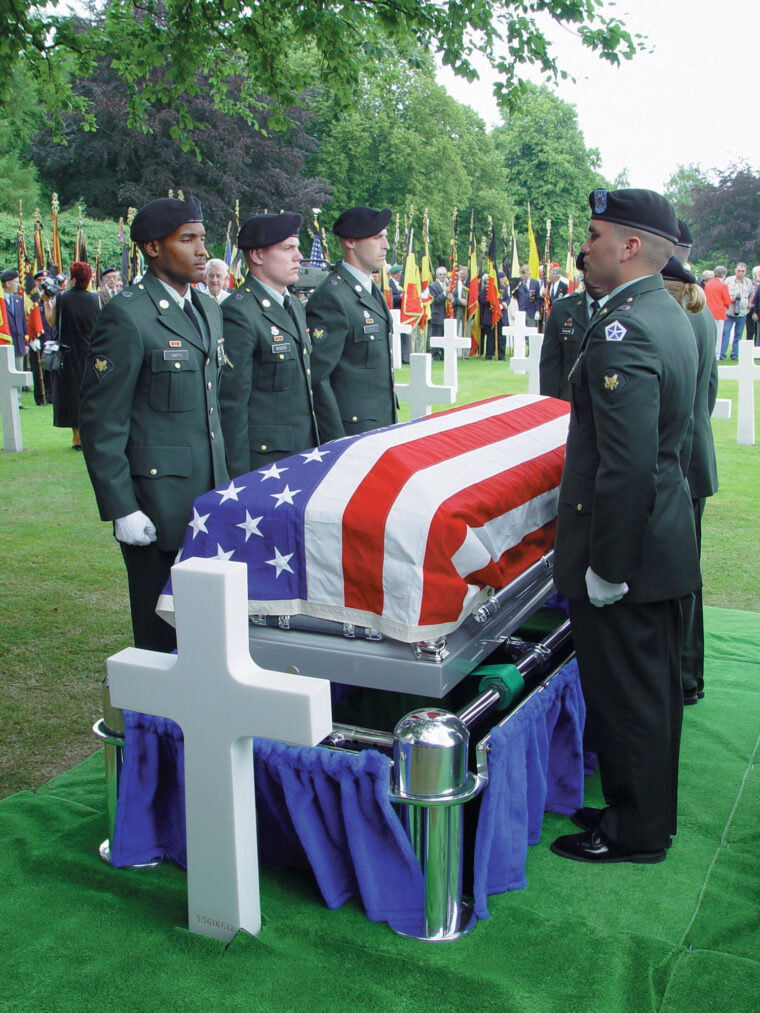
Byers received a flood of mail. Some of the best information concerned the death of 2nd Lt. Lonnie O. Holloway, Jr., of Corpus Christi, Tex. Based on this information, I prepared a map pinpointing the location where Holloway’s body was last seen. Byers personally delivered the map to Seel and Speder.
Map in hand, they entered the Ardennes in November 1990. After a two-day search, they found Holloway’s remains along with his dog tags and other personal effects. The bones and artifacts were flown to the U.S. Army’s Central Identification Laboratory in Hawaii.
After forensic analysis, Holloway’s identification was confirmed and his sister notified. She interred his remains at Fort Sam Houston National Cemetery, Tex.
The Holloway case inspired Vernon Swanson, a 99th veteran living in suburban Chicago. Perhaps the remains of his close comrade, Jack Beckwith, could be found. Swanson enlisted the cooperation of his wartime cohort, Byron Whitmarsh of Richardson, Tex. Both men had seen Beckwith’s shallow grave and other graves next to it.
A rifle stuck in the ground marked one of the burial spots in this makeshift cemetery, which stood on a wooded hillside southeast of Monschau, Germany. Other graves had only a twig with a dog tag attached. The Americans dubbed the place “88 Hill.” The name had come from the Germans’ fearsome 88mm artillery projectiles.
Enemy shellfire on the hill had claimed the lives of Beckwith and Saul Kokotovich, both 20. The two were BAR (Browning Automatic Rifle) gunners with Company C, 395th Infantry Regiment, part of the 99th Division. Shellfire also killed David Read, 19, a radio operator with Cannon Company, 395th.
The U.S. troops atop 88 Hill received orders to abandon their positions after the “Bulge” fighting began on December 16. In the course of the retreat, medics hastily buried dead GIs.
In 1991, hoping to find Beckwith’s grave, Swanson, Whitmarsh, and I joined forces with Byers, Seel, and Speder. The hunt was on. The search gradually expanded to include Kokotovich and Read.
We amassed reams of correspondence and Army documents. There were trips to the National Archives, the National Personnel Records Center, and the U.S. Army Military History Institute. The families of all three missing men helped, too.
Ironically, a single sheet of paper offered the best hope for success. It was a crude map drawn in 1948 by Donald O. Woolf, Jr., who had also seen Beckwith’s grave. The map, drawn to aid the Army’s search effort after the war, was found in Beckwith’s Army file.
Woolf noted the graves near a cluster of trees at the edge of a clearing. Unfortunately, he got the compass direction wrong as well as the grid coordinates. The Army considered the map useless. I found it valuable.
Woolf’s errors were easy to see, but finding the clearing and the cluster of trees was problematic. They had long since disappeared. The hill was now grown solid with fir trees.
The key was an aerial photograph from the National Archives. It showed 88 Hill in December 1944. I spotted the clearing and the grouping of trees, then transferred their locations to a modern topographic map.
Armed with my findings, Seel and Speder hiked to 88 Hill in February 1992. The two diggers found an M1 rifle, three U.S. Army combat shoes, and an American hand grenade at the precise spot where I had pinpointed the graves.
Surely they had the right place. The rifle must have been one of the grave markers. Seel and Speder dug countless holes and trenches but found nothing. The area yielded only frustration.
Sadly, the quest for Beckwith, Kokotovich, and Read was at an end, again. It was tough news to deliver to their families, especially to Beckwith’s mother, who later died at age 93.
Despite the news, one of Read’s four brothers wanted to see 88 Hill for himself. In 1995, he traveled to Europe, and our team escorted him to the hill. After the visit by Read’s brother, Seel and Speder had little reason to return. Years passed. The aborted search effort faded into memory.
But the ghosts of 88 Hill lingered.
In March 2001, Seel and Speder heard astounding news. Another digger had found dog tags and a billfold belonging to Beckwith. Anxiety gripped Seel. Had Beckwith’s grave been looted by this relic hunter?
On March 26, Seel returned to 88 Hill with Erich Hönen, a forest ranger. They found no sign of fresh digging. The dog tags and billfold apparently came from someplace else. But where?
On April 11, 2001, Seel decided to double check the hill. He scanned the suspected graves area with his metal detector, crossed a forest trail, and continued exploring. He quickly uncovered an American hand grenade. Three steps from the grenade, he heard a familiar sound through his earphones. It was the telltale echo of a stainless-steel dog tag. Seel flipped it from the soil with his shoe.
“I read the name,” Seel recalls, “and it took a few seconds to realize this dog tag belonged to one of the missing—David Read. Then, it is difficult to describe my feelings, but I became nervous, almost crazy.”
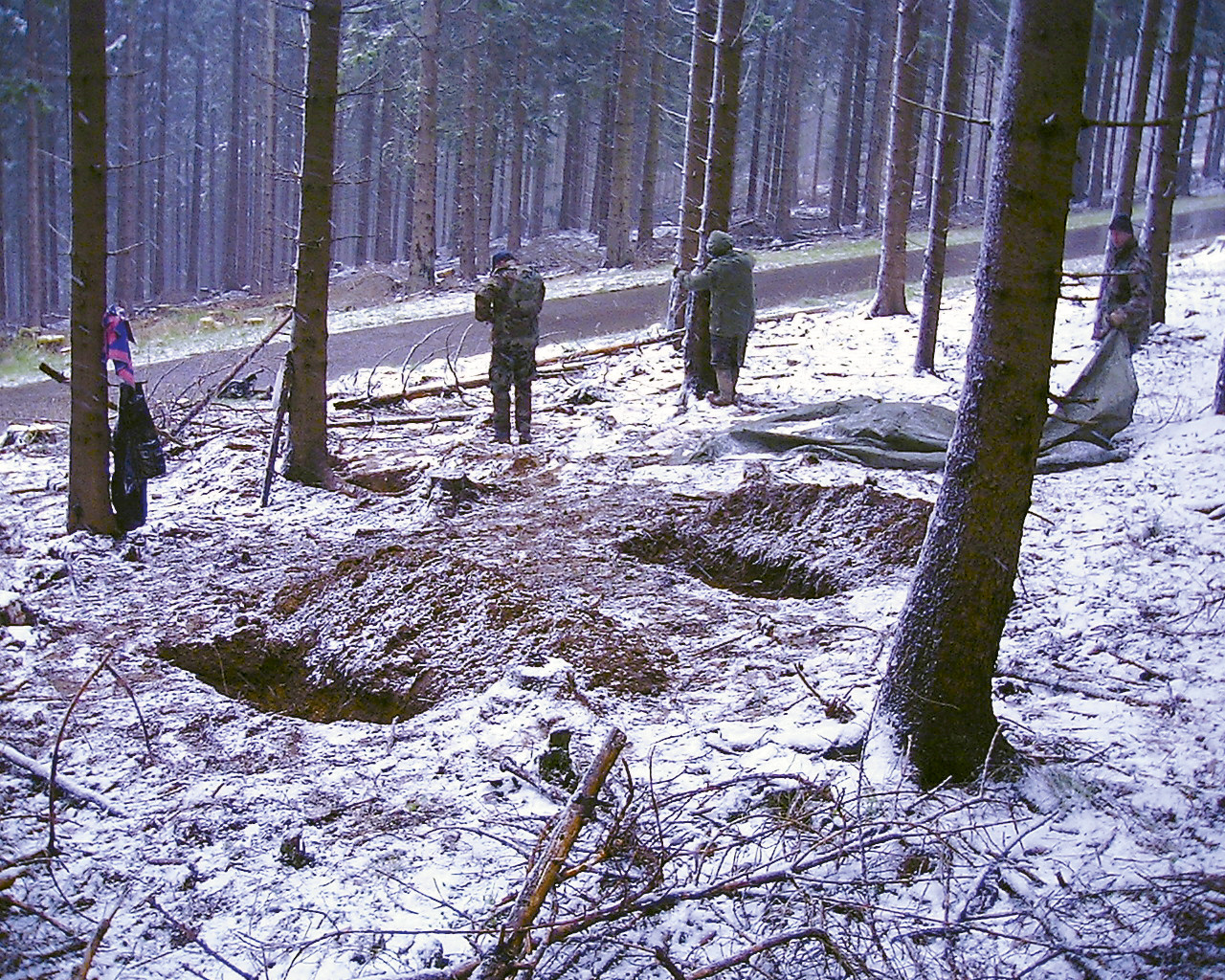
Was this the burial site?
Seel made plans to return with Marc Marique of Visé, Belgium. Marique had joined the search team in 1994 as did Jean-Luc Menestrey of Stembert, Belgium.
Early on Tuesday, April 17, Seel and Marique ascended 88 Hill. Two hours later, Speder joined them, as did forest ranger Hönen. In the late afternoon, Speder fired a short e-mail to Vernon Swanson, Byron Whitmarsh, and me: “Jack Beckwith, Saul Kokotovich and David Read no longer on the MIA list. Bodies found today. Complete report tonite.”
After more than five decades, 88 Hill had finally relinquished the last of its dead. The three were found a mere 30 yards from the 1992 search area.
The discovery had begun when Seel’s metal detector emitted a sharp “positive signal.” He dug down about 12 inches and struck a hipbone. Beside it lay a brass belt buckle. This was Beckwith’s grave. One of his dog tags was found nearby on the forest floor. Several paces away, Seel later culled another dog tag from the topsoil. This one belonged to Kokotovich. His grave was subsequently discovered alongside. It now seemed obvious that Read’s resting place must be near the spot where his dog tag was found the previous week. This proved correct.
It took two days to complete the exhumation process. Each soldier had a dog tag marking his grave and another one around his neck. The diggers found rotted clothing along with boots and overshoes. Most personal effects had apparently been removed in 1944, before the men were buried.
Once excavation work in the forest ended, Seel e-mailed David B. Roath, director of the U.S. Army Memorial Affairs Activity—Europe. They arranged a meeting.
As planned, Roath met the diggers. After viewing the skeletons and artifacts, another visit was scheduled. Roath was to bring a recovery team and take custody of the remains.
The team arrived on May 14, 2001. Roath brought four specialists from Memorial Affairs Europe as well as two other members of the organization. There was also a DNA expert from Austria who tagged along as an observer.
Roath and his colleagues took possession of the remains, set up a field lab on 88 Hill, and began the official identification process. To aid their work, Speder prepared a detailed report that included wartime documents ranging from after-action reports to dental records. He also provided eyewitness accounts from 99th veterans as well as an analysis of the GI clothing and footwear found with the remains. Speder included wartime photographs of the decedents. Next-of-kin addresses and telephone numbers were also given.
After three days, Roath’s team placed each soldier in an aluminum casket. International politics dictated that the remains be given to the German government, then officially handed over to the U.S. Army.
On May 18, a solemn ceremony took place at the German military cemetery near the town of Hürtgen. An honor guard from the U.S. 1st Infantry Division accepted three flag-draped caskets from the Volksbund Deutsche Kriegsgräberfürsorge (German War Graves Commission). Roath’s team subsequently shipped the caskets to the Army’s Central Identification Laboratory at Hickam Air Force Base, Hawaii.
Another step in the process was the notification of the next of kin. The Army telephoned the families on June 7 and officially informed them of recent events. This notification came from the Casualty and Memorial Affairs Operations Center in Alexandria, Va.
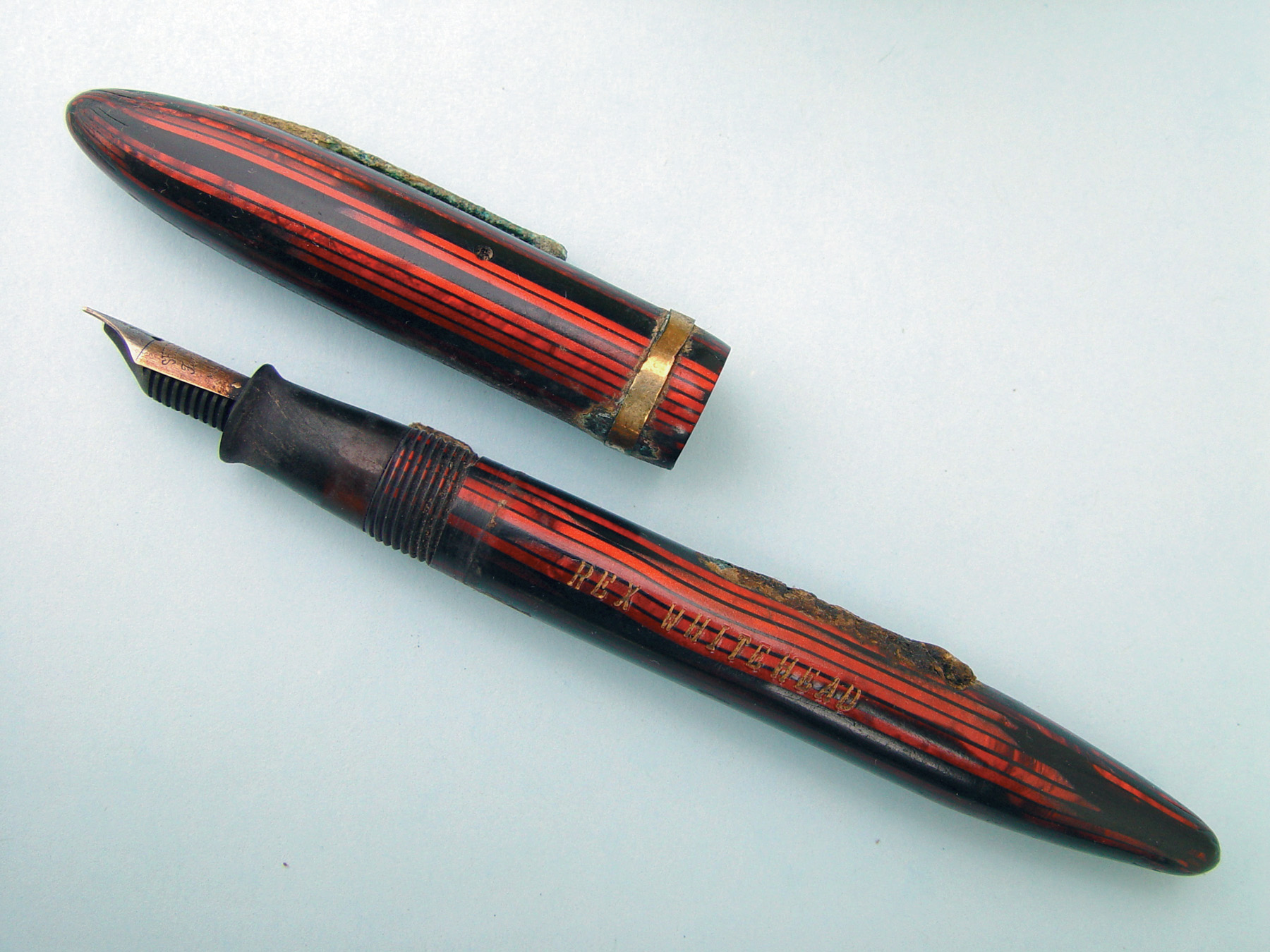
Back in Europe, another drama had already unfolded.
Shortly after the Hürtgen ceremony, Marc Marique visited Seel’s home. The two thumbed through photos of the ceremony and discussed future plans. One suspicion loomed in their minds. Maybe they had missed other graves by a few yards, just like the ones on 88 Hill!
Together, Marique and Seel pored over case files. One included a map sketched by a former 99th Division medic. His rendering showed a “forward aid station.” This was where he had last seen Fred Zimmerman’s body.
The medic suspected that Stanley Larson’s body was also there. Another eyewitness had reported seeing Ewing Fidler’s body in the same vicinity. Fidler, 19, was a messenger with Company E, 394th Infantry Regiment, part of the 99th Division. Larson and Zimmerman, 19 and 22, were machine gunners with Company H, 394th.
In 1990, Rex Whitehead of Logan, Utah, had seen the names of 32 missing soldiers in The Checkerboard. He had known three of them, including Larson and Zimmerman. They had served together in the same company. Whitehead now led an effort to find his lost comrades. He tracked down several eyewitnesses, including the medic who subsequently drew the map.
Whitehead flew to Belgium in March 1991. Using the map, he hunted for the forward aid station with the help of Seel, Speder, and Dick Byers. Their search yielded nothing. The map was too vague. Afterward, the Belgians combed the area repeatedly but found no hint of the aid station or missing men.
Sadly, I informed the Zimmerman family of the disappointing results. I had become well acquainted with Fred’s only brother and one of his sisters. They expressed gratitude for the painstaking search effort.
Our team also contacted the Larson family. In the spring of 1994, a group of family members traveled to Belgium and received a guided tour of the forest area where Stanley died.
The whole matter slipped from the spotlight until the day Marc Marique visited Seel’s home. It was May 24, 2001. Spurred on by the 88 Hill success, Marique took up the quest. He departed Seel’s home with the Zimmerman file and the medic’s map.
The following day, Marique drove to the area shown on the map and trekked into the woods with his metal detector. He selected a starting point and searched outward in ever-widening circles. After three hours, he approached a highway along the Belgian-German border. His detector went berserk.
Marique rooted around and found rusty nails, pieces of tin containers, and eight morphine syrettes. Remnants of an aid station? He dropped his detector and shoveled away. More artifacts came to light. Amid one scoop of dirt, a corroded brass dog tag surfaced.
Anxious to report the possible discovery of an aid station, Marique grabbed his cell phone and rang Seel. As the two spoke, Seel asked whose name was on the dog tag. Marique had not yet picked it up. Seel jokingly said, “Check it. This one may belong to Fred Zimmerman.”
Marique lifted the tag from the dirt.
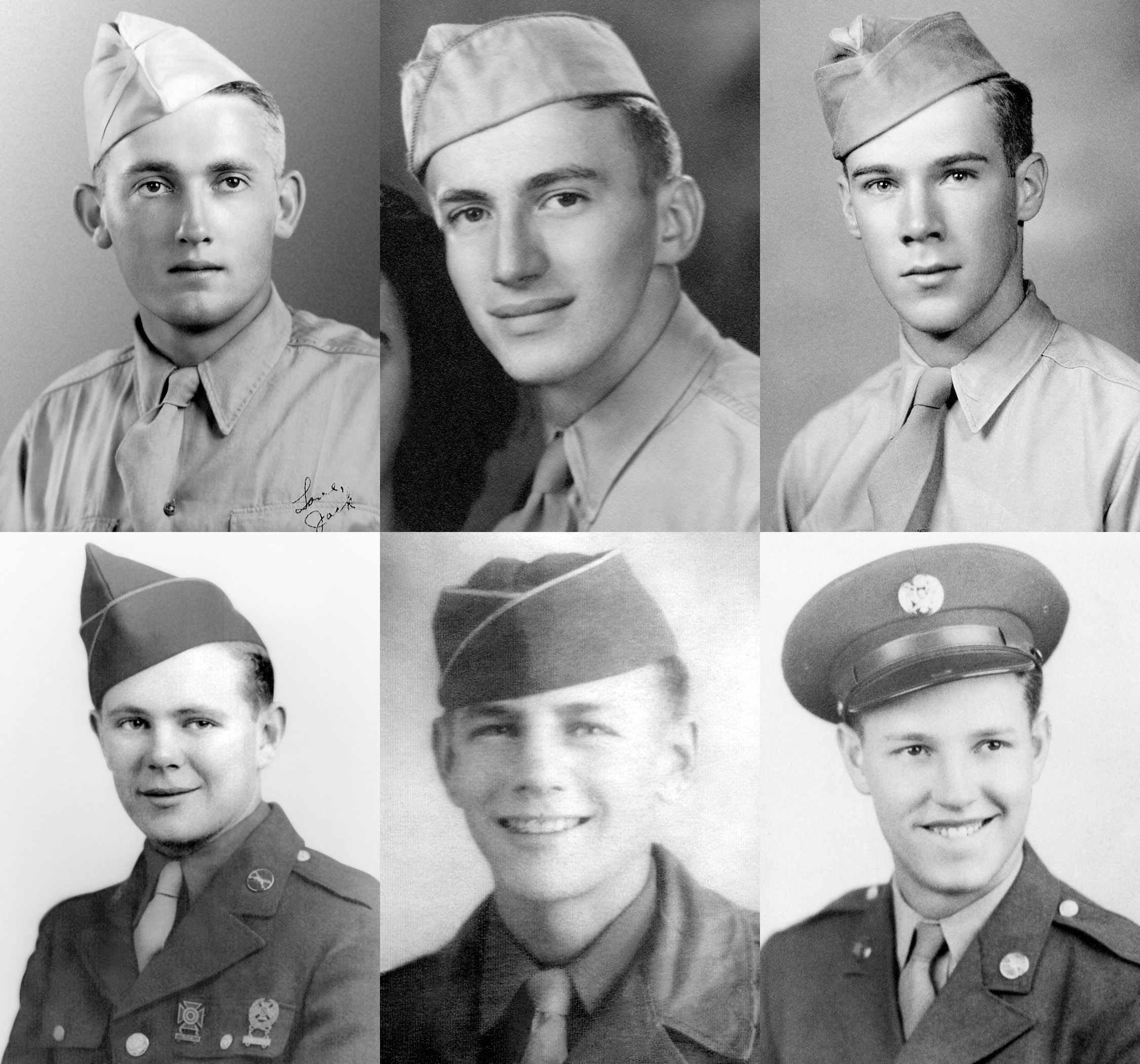
BOTTOM ROW (left to right): Pfc. Ewing E. Fidler, Company E, 394th Infatry; Pfc. Stanley E. Larson, Company H, 394th Infantry; Sgt. Frederick F. Zimmerman, Company H, 394th Infantry.
“I won’t repeat the word he shouted,” Seel says. Marique then read the name aloud, “Zimmerman, Frederick F.”
This electrifying development triggered plans to scour the entire area.
One week after finding the dog tag, Marique returned to the spot and began excavating a foxhole 10 feet away. Seel and Speder accompanied him and cleaned out a nearby foxhole. Suddenly, Marique called out. “Hey guys, come see. I have a snow boot.”
Without another word, Marique brushed away more soil. Bones! Fred Zimmerman was no longer missing.
Speder hustled home to fetch his camera. Meanwhile, Marique and Seel continued digging. To their surprise, a skull emerged beneath the snow boot. Zimmerman was buried head-to-foot with another man. Marique then located the remains of a third person.
Zimmerman shared a common grave with Ewing Fidler and Stanley Larson.
The exhumation task was much harder than on 88 Hill. There was a risk of intermingling bones. The process dragged on until dark. Only Larson’s remains were still in the grave when work ended for the day.
That night, Speder e-mailed news of the discovery to Rex Whitehead, Vern Swanson, Byron Whitmarsh, and me. The message left us stunned, almost disbelieving.
The next day, all four diggers converged on the scene. They labored under a steady rain to remove Larson. Seel and Jean-Luc Menestrey peeled away the rotted shreds of his clothing. In the right shirt pocket, Seel found a fountain pen.
“He handed it to me,” recalls Speder. “It was a nice red plastic pen with a gold nib. I wiped away the dirt to look for a trademark.” Engraved letters emerged—“W,” then “H,” then “I” … It was the name “Rex Whitehead.”
Speder had to sit down. “My heart ceased to beat for a moment,” he recalls.
The others were puzzled by his sudden silence. He handed them the pen. Everyone sat down.
That evening, after Larson was exhumed, Seel e-mailed two photos of the pen to Whitehead. He responded: “I cannot explain my thoughts when the picture came through…. I am wondering what tomorrow will bring, but nothing can be a bigger shock than your photos today.”
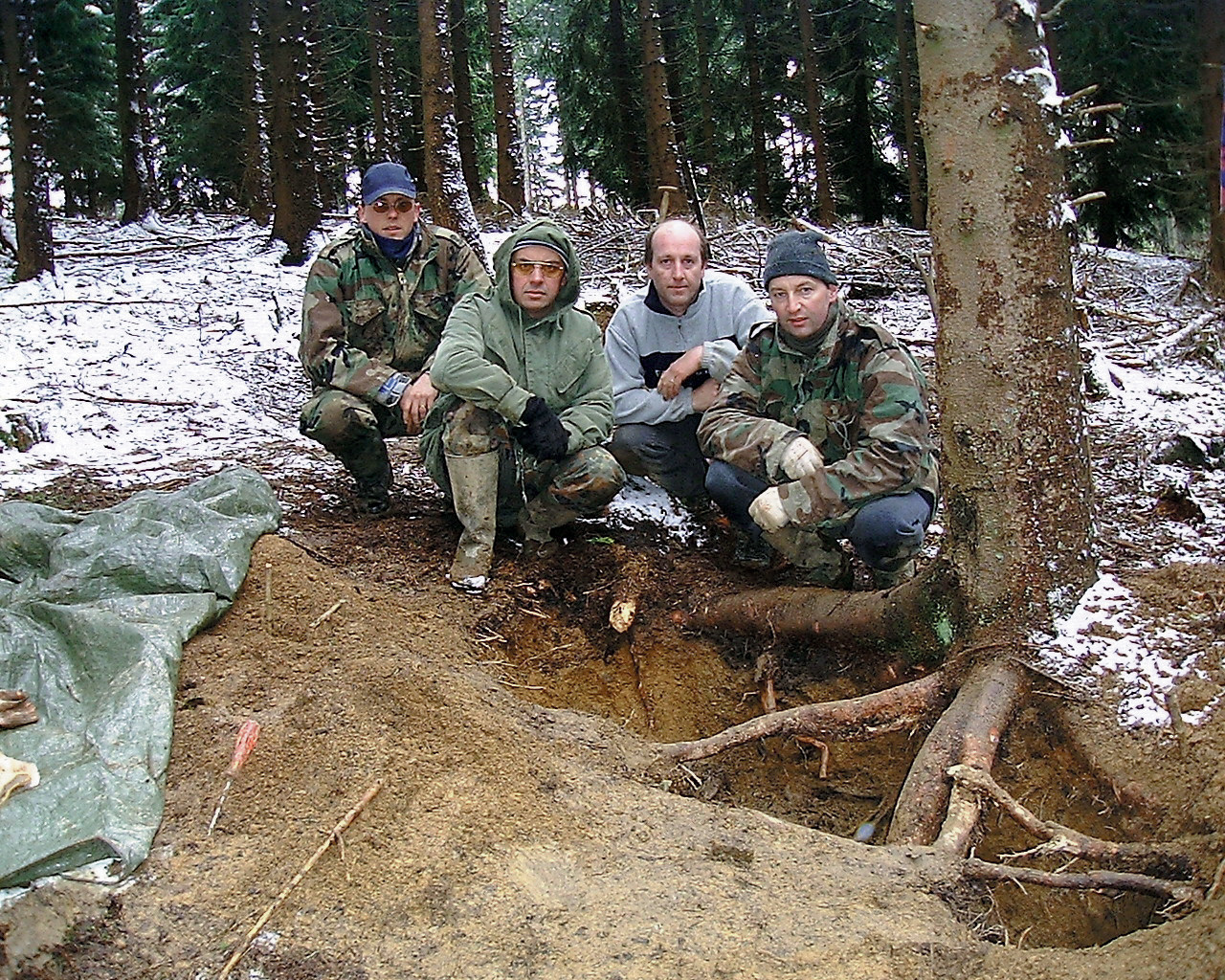
It was time to contact the Army. Seel called David Roath and apprised him of the latest discovery. Roath could scarcely believe what he heard. Once again, he assembled a recovery team and drove to the Ardennes Forest.
On June 29, 2001, a public ceremony took place at the church in Krinkelt, Belgium. The sanctuary held a throng of townspeople and special guests, including U.S. Ambassador to Belgium, Stephen Brauer. The onlookers watched Belgian Army soldiers hand over three caskets to an honor guard from the 1st Infantry Division. The caskets were later flown to the Central Identification Laboratory in Hawaii.
The Army telephoned the next of kin in early August and informed them of what had occurred in Belgium. This notification came from the Casualty and Memorial Affairs Operations Center. Five months later, the Army contacted the families of all six 99th Division soldiers recovered in 2001. Forensic anthropologists and odontologists (dentists) at the lab in Hawaii had completed their work. All the remains were positively identified.
It required more than four additional months to finalize burial arrangements. At the end of this process, each family selected a burial site.
For the loved ones of Ewing Fidler, the burial decision had been made decades earlier. His father had purchased a cemetery plot and granite headstone several years after the war, firmly believing that his son’s remains would eventually be found. When Ewing’s father died in 1971, he left specific instructions with his surviving son: “Someday they’ll find your brother … bring him home.” That request was honored on June 8, 2002. The young soldier was laid to rest beside his parents at Rosedale Cemetery in Ada, Okla.
The next funeral took place on June 22, at the U.S. military cemetery near Henri-Chapelle, Belgium. It was a joint ceremony for Jack Beckwith, Saul Kokotovich, and Frederick Zimmerman. The event came together under the direction of Roath in cooperation with the American Battle Monuments Commission. The families of all three soldiers traveled to Belgium at U.S. government expense.
The funeral began several miles from the cemetery at the towering Neo-Gothic church in the town of Aubel. Over a thousand people filled the magnificent edifice and silently listened to words from the parish priest and a U.S. Army chaplain. Choral music followed as did poignant eulogies delivered by Beckwith’s brother, Kokotovich’s sister, and Zimmerman’s brother. Afterward, hundreds followed the funeral cortege to the cemetery. They watched American troops—the V Corps honor guard—conduct a solemn tribute in full accordance with Army tradition. The three fallen soldiers were then buried side by side in the shade of a beech tree. It was the first interment at Henri-Chapelle since 1954.
On July 18, 2002, the family of David Read gathered at Arlington National Cemetery. Six members of the U.S. 3rd Infantry Regiment carried his casket from a hearse to a waiting burial spot. The soldiers who rendered the graveside honors did so with the utmost dignity and precision. Their performance was flawless despite wilting heat and humidity. David’s three surviving brothers witnessed the proceedings along with their families.
Four days after the Read funeral, Stanley Larson was interred beside his mother at Lawnridge Cemetery in Rochelle, Ill. The funeral began in the United Methodist Church in the center of town. Among those who packed the church were Stanley’s high school sweetheart and his older brother. Following services at the church and gravesite, everyone gathered for an afternoon feast at the local VFW post.
In a poetic sense, the end of a long road had come.
After years of toil and dashed hopes, six missing infantrymen of the 99th Division were at last accounted for and buried with military honors. This achievement brought a strong sense of accomplishment to the Belgian diggers and their American colleagues. But it did not end their collaborative efforts.
Today the diggers are excavating the site of another aid station. The dog tag of a West Virginia sergeant was found there in 1989. He is among those 99th soldiers still missing.
Author Bill Warnock continues to search for the missing soldiers of the 99th Division. He hails from North Olmsted, Ohio, and is a USAF veteran.
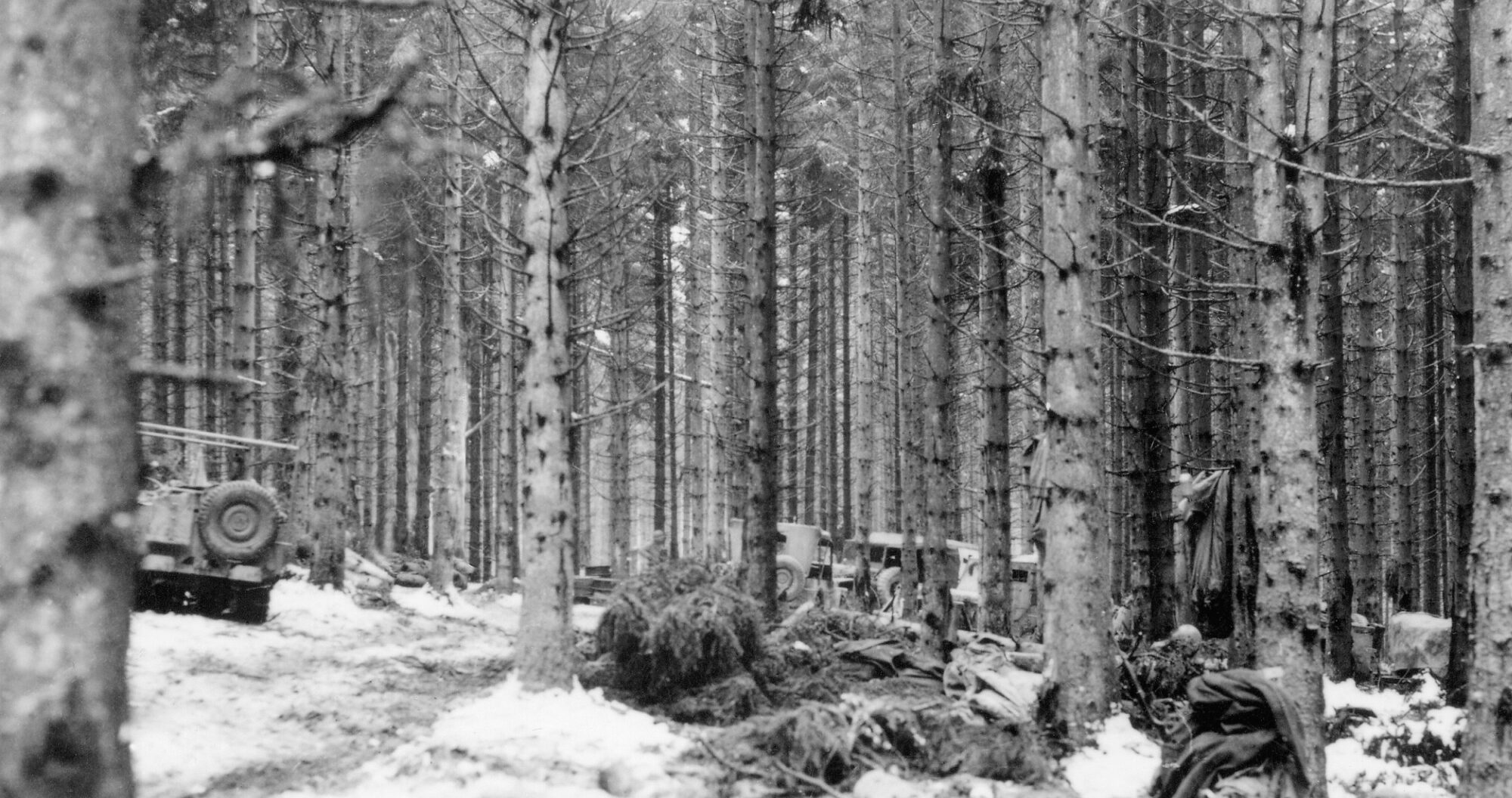
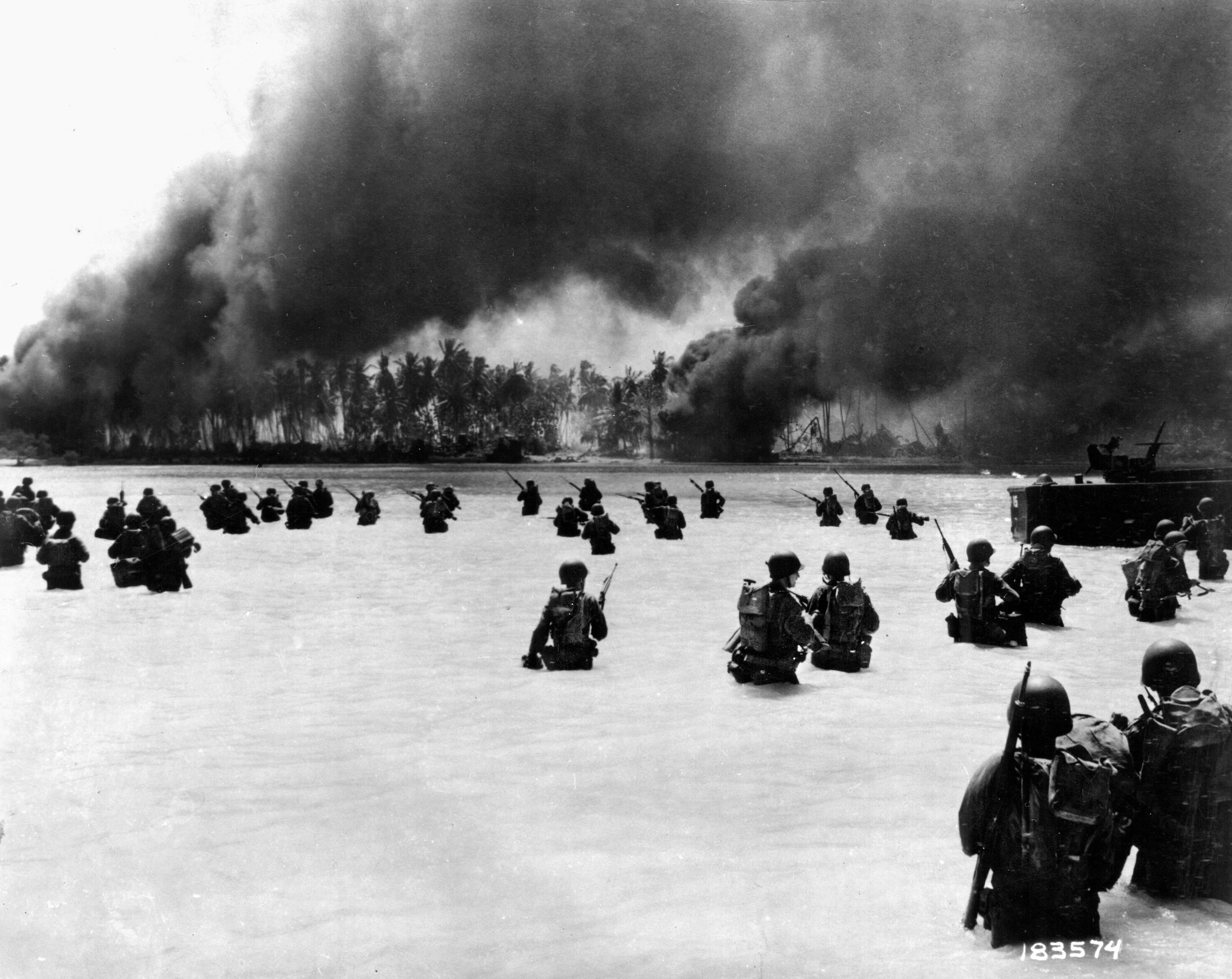
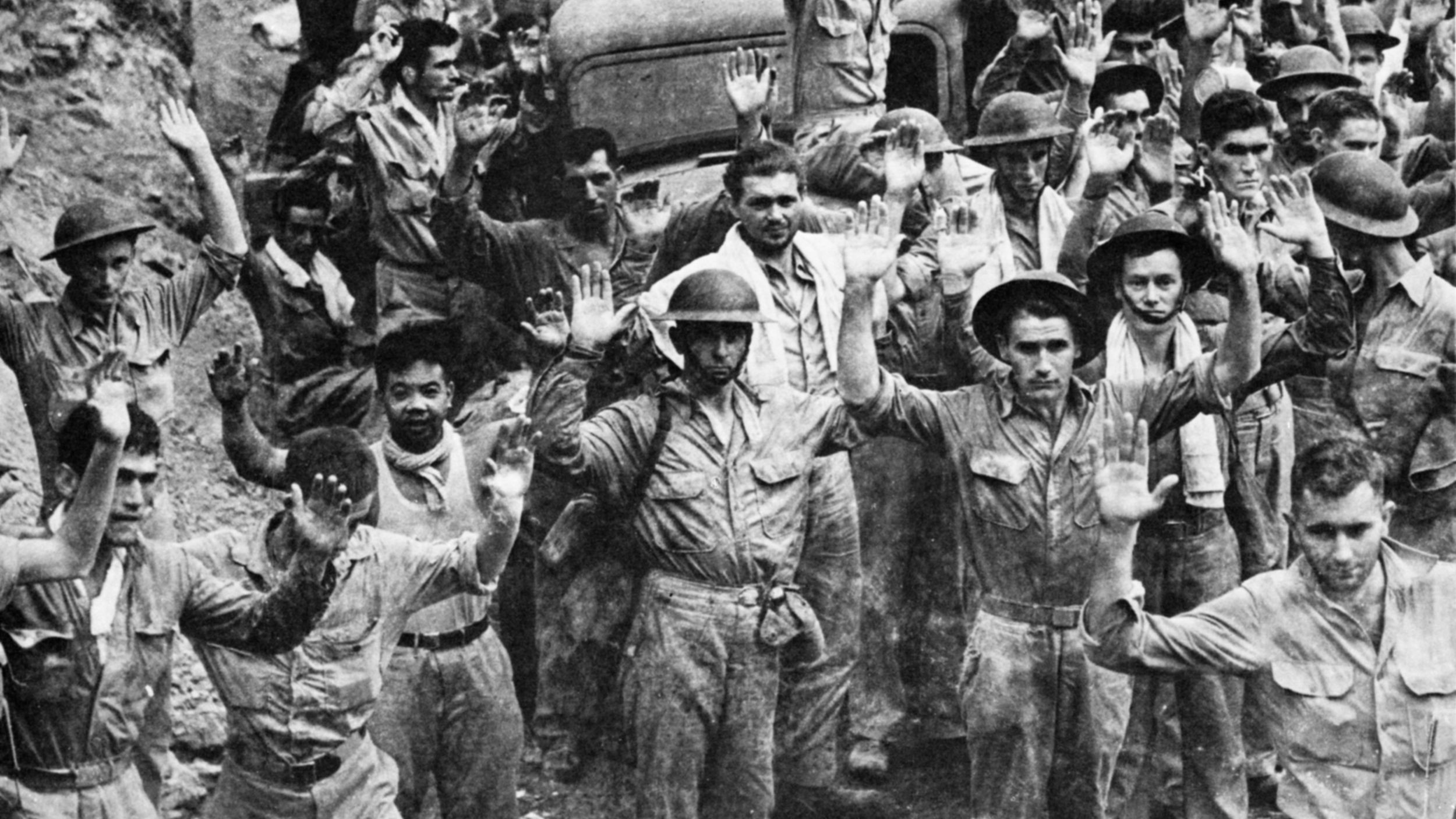
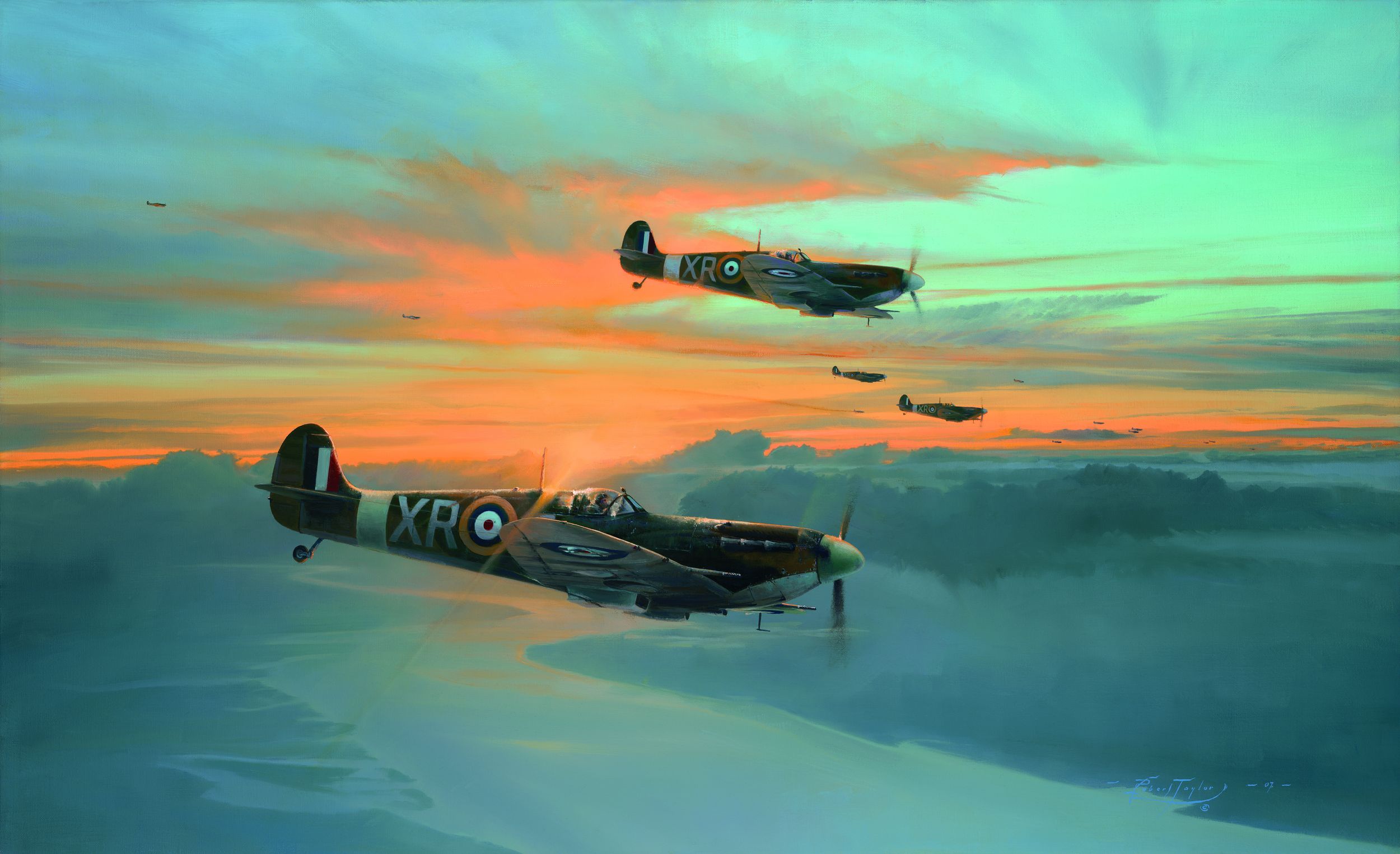
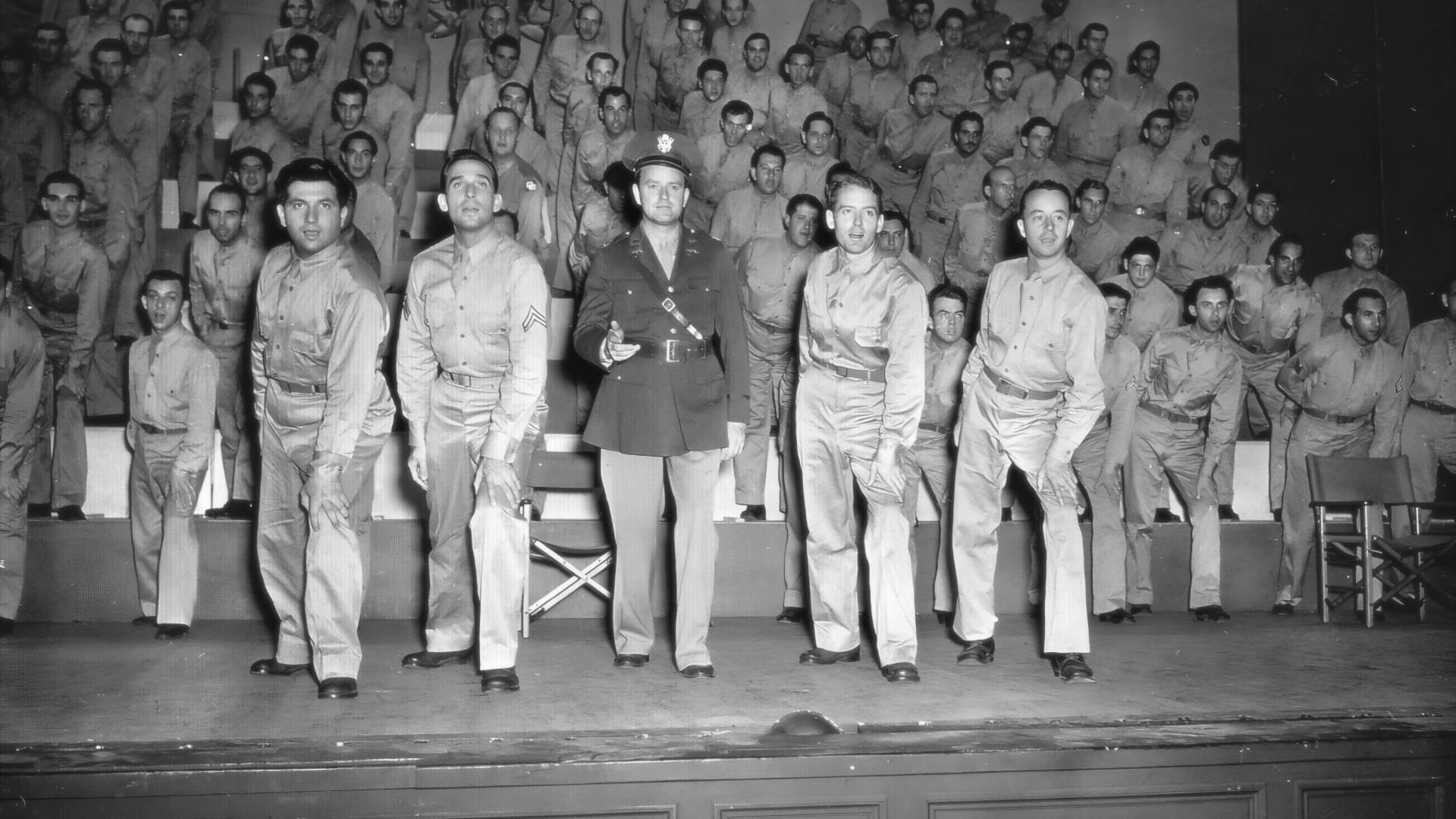
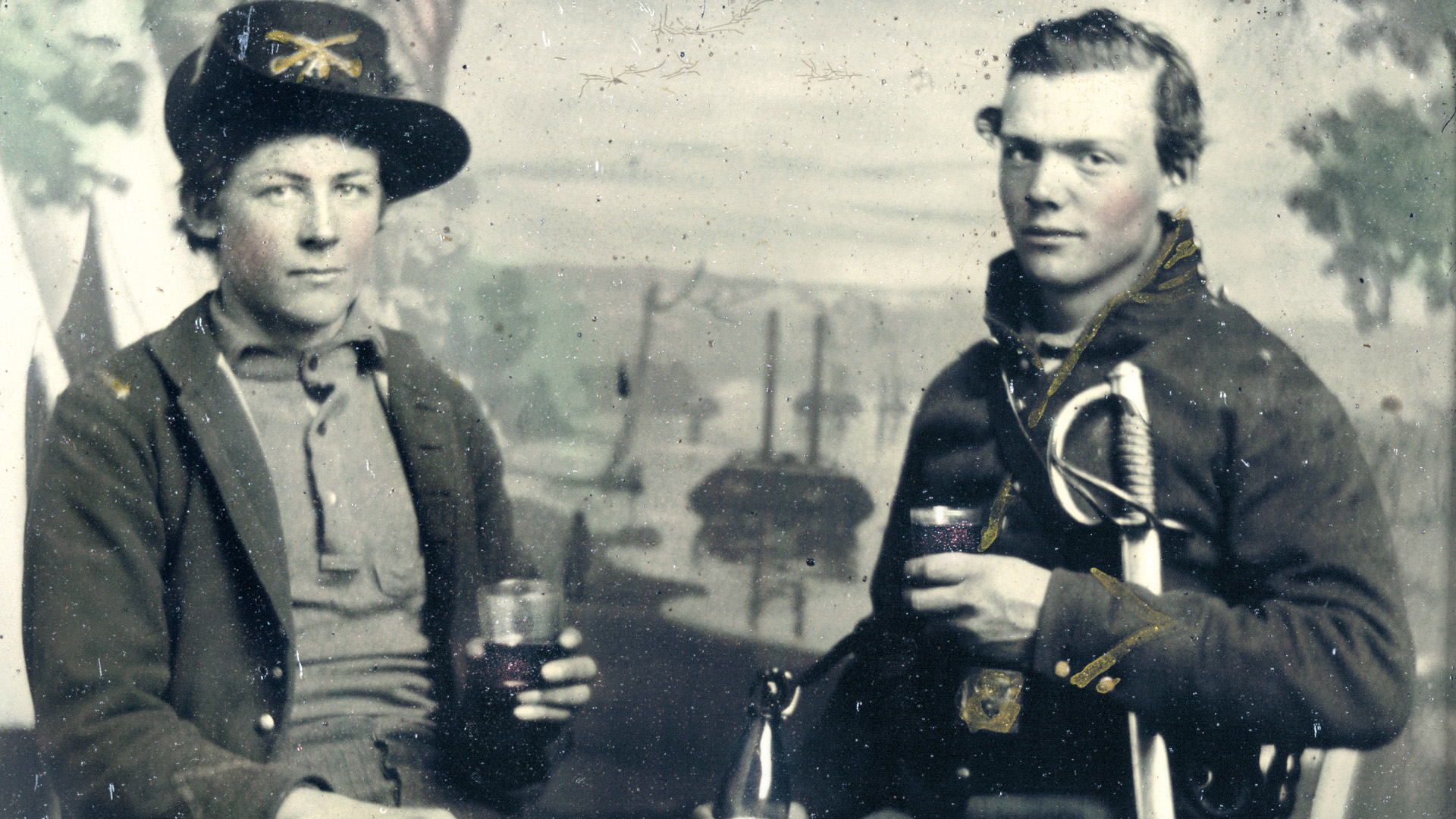
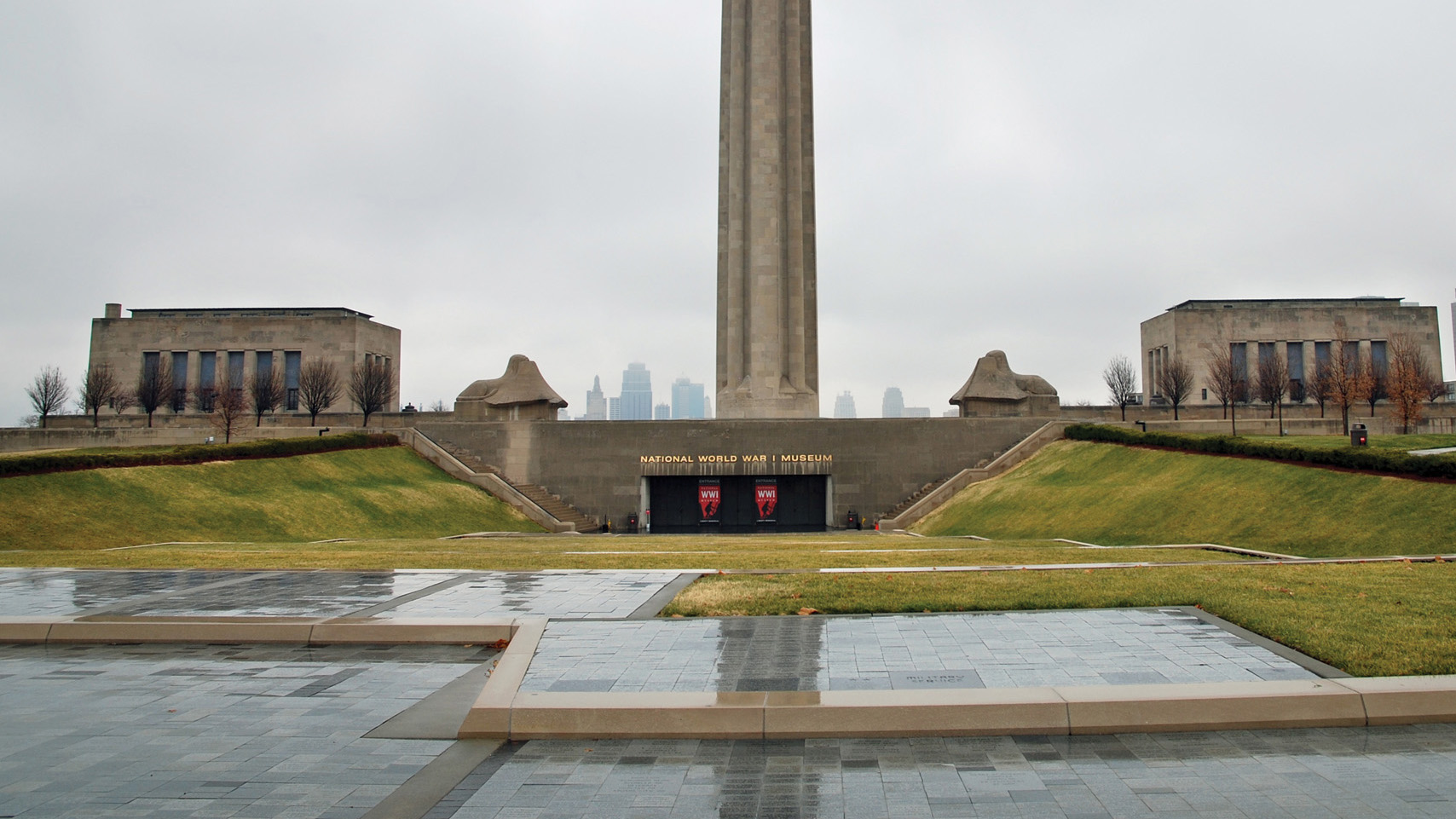
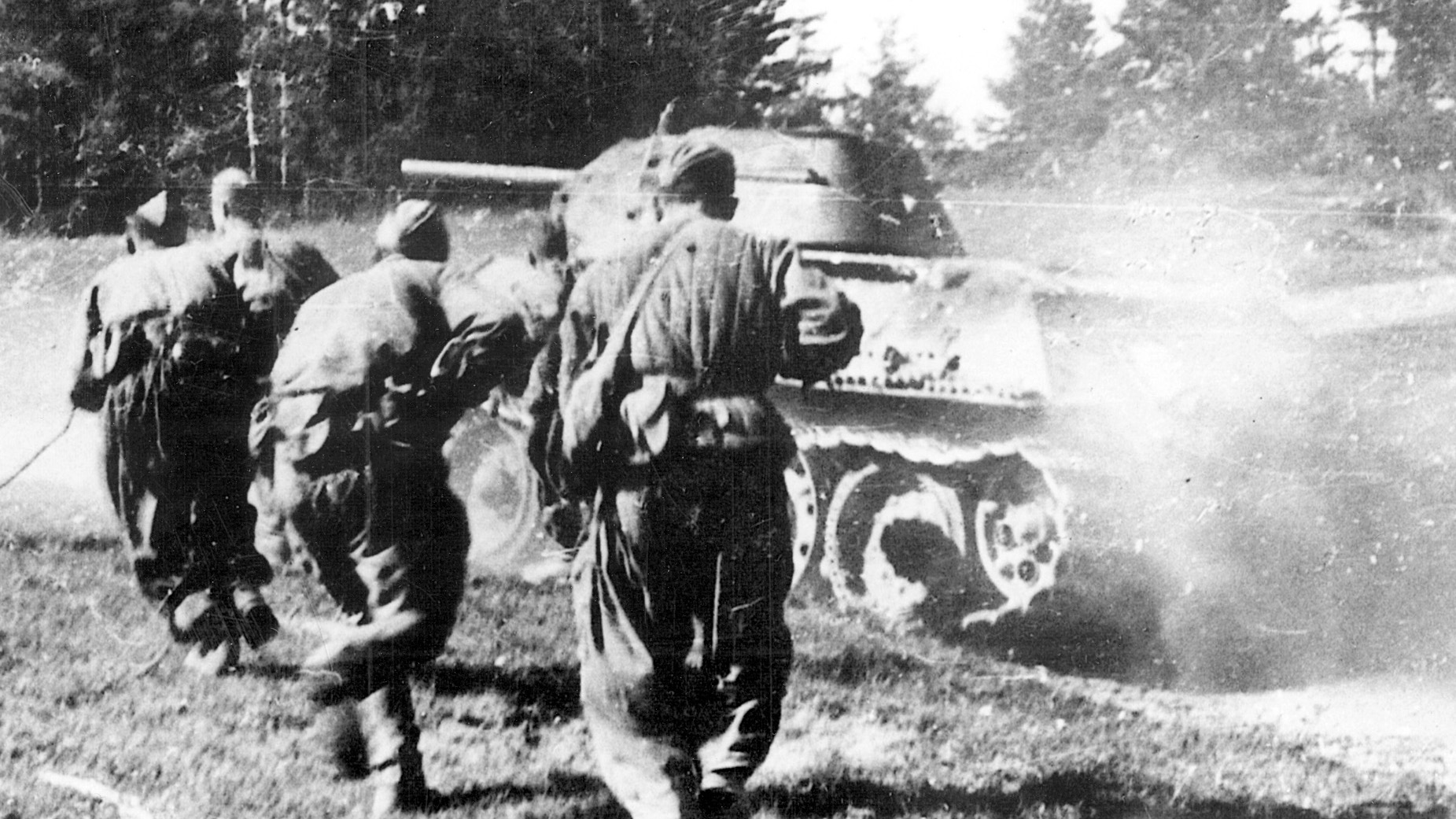
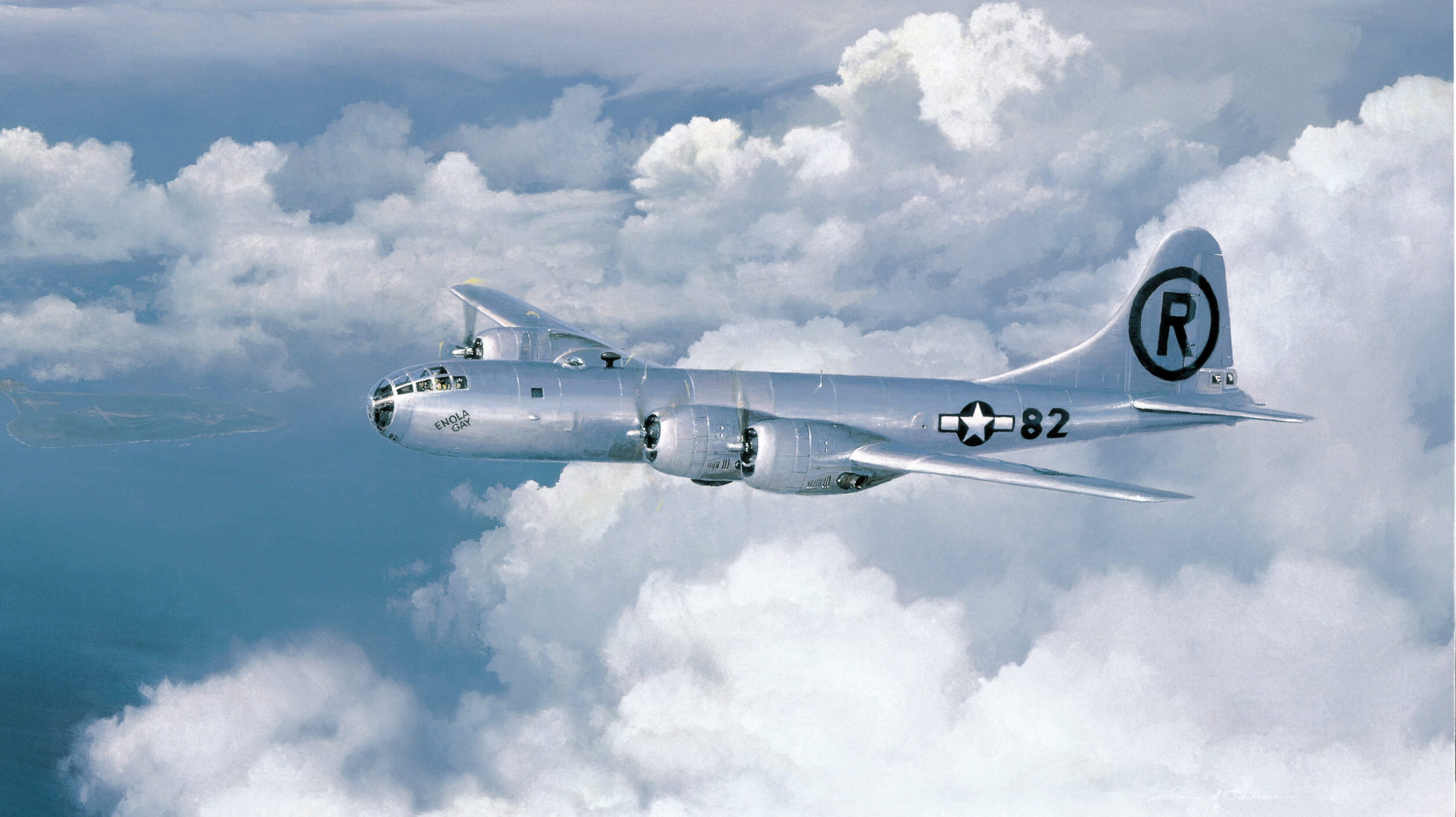
Join The Conversation
Comments
View All Comments